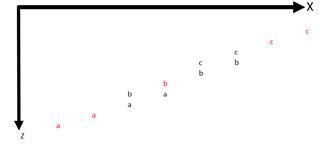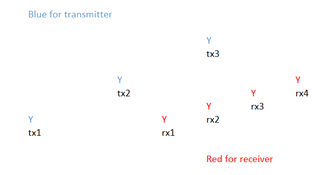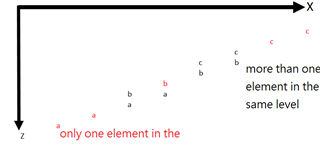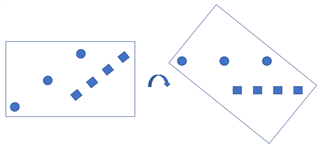Hi Champ,
I would like to make radar isk that , but with improves elevation channel. So my advisor suggest me to build such exotic, which I attached in this post.
My problem, there is a lot of single antenna that holds a single horizontal position, in which I put red color. My question is, does this single antenna contributed to horizontal doa, or we must build more than one antenna array on the same high (z axes) in order to make that array useful in horizontal doa?
Thank you very much.
Sincerely,
Wolfgang





